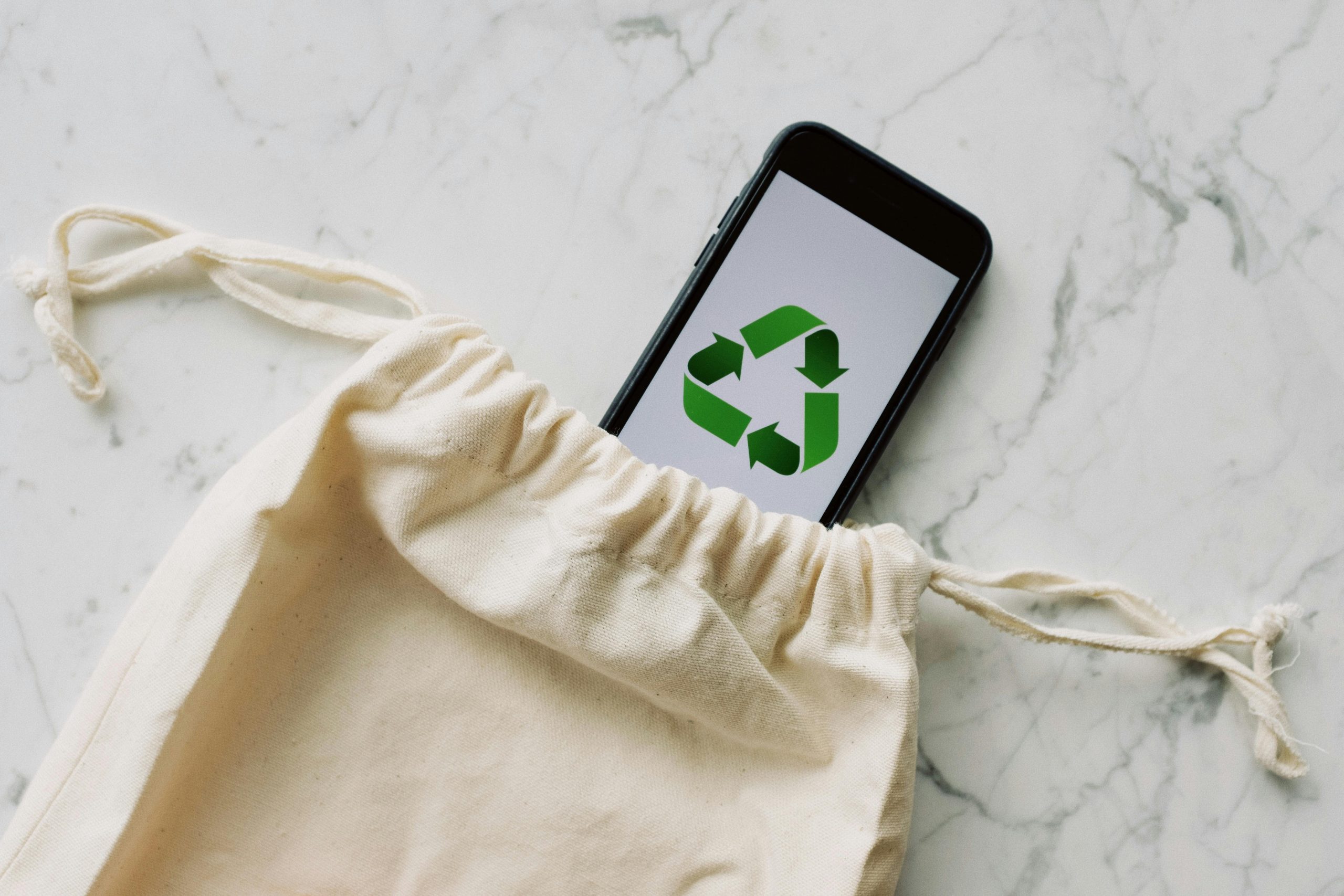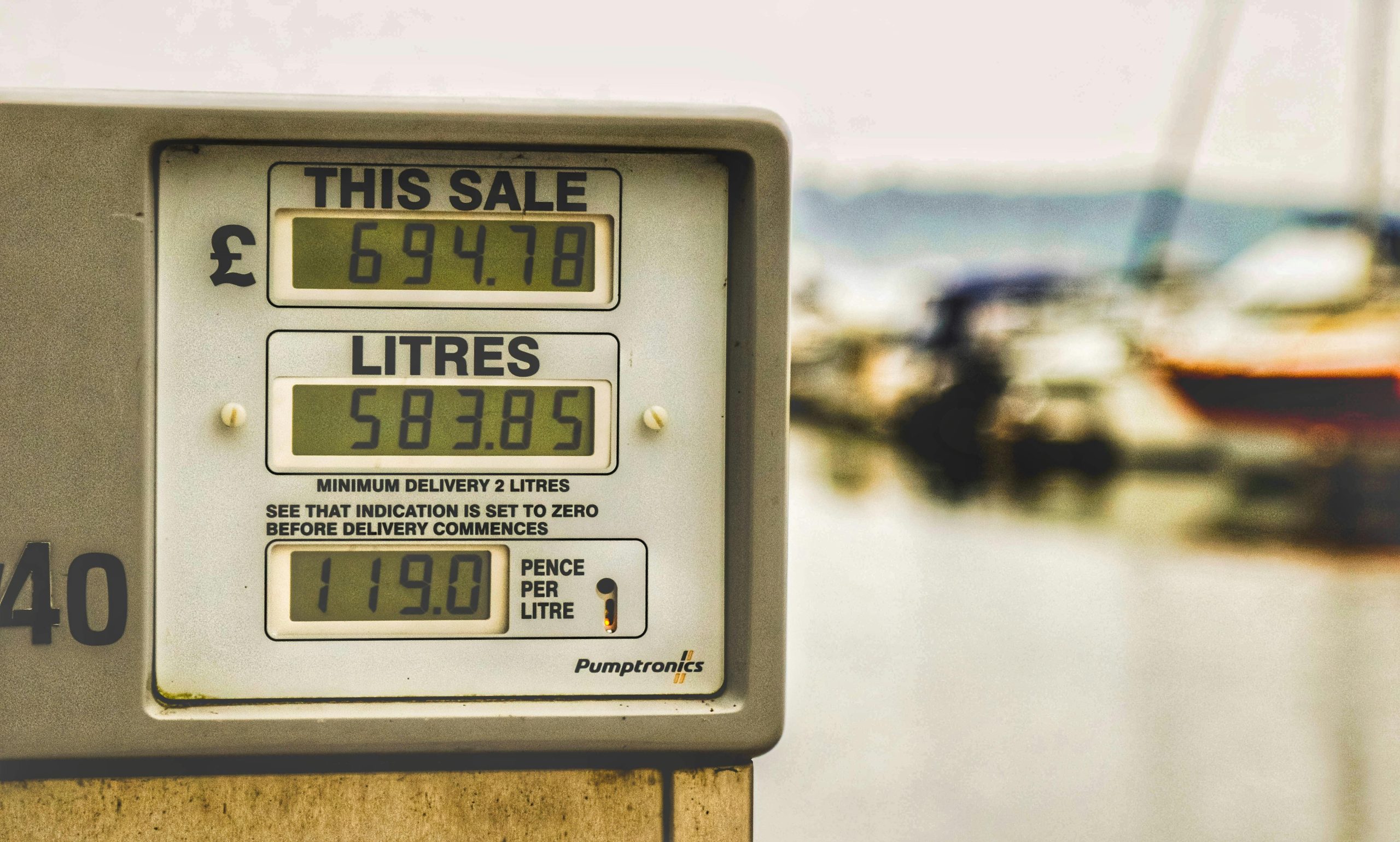
The Ultimate Guide to Eco-Friendly Technologies for a Sustainable Future
Eco-friendly technologies for sustainable living are no longer a niche interest—they are essential for a modern, responsible lifestyle. As we face growing environmental challenges, innovations in green tech offer practical, powerful solutions to reduce our carbon footprint, conserve resources, and even lower household expenses.
This guide explores the most impactful and accessible eco-friendly technologies available today. We’ll break down how they work, review top products, and provide actionable steps to integrate them into your home and life. Whether you’re a homeowner, renter, or just tech-curious, you’ll find smart, planet-friendly choices to help you live more sustainably.
1. Smart Solar Technologies: Powering Your Life with the Sun
Solar technology has evolved far beyond traditional rooftop panels. Today’s solutions are more portable, affordable, and integrated into our daily lives than ever before.
Portable Solar Generators and Power Banks
Portable solar generators are all-in-one solutions that combine solar panels, a battery, and power outlets. They provide clean, renewable energy for everything from camping trips and off-grid living to emergency home backup during a power outage.
How it Works: Photovoltaic (PV) panels capture sunlight and convert it into DC electricity, which is stored in a high-capacity battery. An inverter then converts the DC power to AC power, allowing you to run standard appliances.
Top Products: The Anker SOLIX F3800 is a leading example, offering significant power output for home appliances. For smaller needs, portable solar chargers from brands like BioLite and Goal Zero are perfect for keeping phones and laptops charged on the go.
Benefits: Energy independence, lower electricity bills, and a reliable source of clean power.
Solar-Powered Smart Home Devices
Integrating solar directly into smart home devices creates a self-sufficient ecosystem. Solar-powered security cameras, outdoor lighting, and even smart blinds can operate entirely off-grid.
Example: A solar-powered smart thermostat can optimize your home’s heating and cooling while drawing zero power from the grid itself.
Key Advantage: Reduces reliance on fossil fuels for daily household functions and enhances home automation efficiency.
🔗 Read our blog post: Your Complete Guide to Solar-Powered Smart Homes
2. Intelligent Water Conservation Systems
Water scarcity is a critical global issue. Smart water technology helps households dramatically reduce consumption without sacrificing convenience.
Greywater Recycling Systems
These innovative systems capture used water from showers, bathroom sinks, and washing machines (greywater), filter it, and reuse it for non-potable purposes like toilet flushing and garden irrigation.
How it Works: A compact filtration unit removes soaps, hair, and other particles before storing the treated water for reuse.
Impact: Can reduce a household’s fresh water consumption by up to 40%, leading to significant savings on water bills.
Is it for you? Ideal for homeowners in drought-prone regions or anyone looking to maximize water efficiency.
Smart Irrigation and Sprinkler Controllers
Traditional sprinklers are notoriously inefficient. Smart irrigation systems use data to water your garden with precision.
How it Works: Controllers like the Rachio 3 Smart Sprinkler Controller connect to Wi-Fi to access local weather forecasts. They automatically adjust watering schedules based on rain, wind, temperature, and even soil type and plant needs.
Benefits: Prevents overwatering, promotes healthier plant growth, and can cut outdoor water use by 50% or more.
3. Next-Generation Home Energy Efficiency
Reducing energy consumption is just as important as generating clean energy. These upgrades help you plug the energy leaks in your home.
Energy Monitoring Systems and Smart Plugs
Knowledge is power. Whole-home energy monitors (like the Sense Home Energy Monitor) and individual smart plugs give you real-time data on your electricity usage.
How it Works: Monitors identify individual appliance energy signatures, showing you exactly where your power is going. Smart plugs allow you to set schedules and remotely turn off devices to eliminate “phantom loads”—the energy wasted by electronics on standby.
Benefit: Empowers you to make informed decisions to cut waste and lower your energy bills.
Electric Heat Pumps and Eco-Friendly Insulation
Heating and cooling are the largest energy expenses for most homes. Heat pumps are a highly efficient, all-in-one electric solution for heating and air conditioning.
How it Works: Instead of burning fuel, a heat pump moves heat. In winter, it pulls heat from the outside air (even when it’s cold) and transfers it inside. In summer, it reverses the process.
Eco-Friendly Pairing: When combined with sustainable insulation materials like sheep wool, cork, or recycled cellulose, a heat pump can make your home a fortress of energy efficiency.
4. The Revolution in Sustainable Transportation
The shift to electric extends far beyond cars. Personal electric mobility is making cities greener and more accessible.
E-Bikes and Electric Scooters
For urban commuting, e-bikes and scooters are game-changers. They offer a low-cost, zero-emission alternative to driving.
Why They’re Popular: They help riders tackle hills and longer distances with ease, making cycling a viable option for more people. Foldable models like the Jetson Bolt Pro are perfect for “last-mile” commuting, easily combining with public transit.
Benefits: Reduces traffic congestion, eliminates fuel costs, and promotes a more active lifestyle.
EV Home Charging Stations
For electric vehicle owners, a Level 2 home charging station is essential for convenience and speed.
The Ultimate Green Synergy: Pairing your EV charger with a home solar panel system means you are literally driving on sunshine. This closed-loop system is the gold standard for sustainable mobility, eliminating both tailpipe emissions and the carbon footprint of charging.
5. Smart Waste Management and Composting
Technology is also transforming how we handle waste, making it easier to reduce our contribution to landfills.
Automated Home Composting Systems
Food scraps in landfills generate methane, a potent greenhouse gas. Electric composters or “food recyclers” accelerate the natural decomposition process.
How it Works: Devices like the Lomi Smart Waste Composter use heat, abrasion, and oxygen to break down food waste—including meat and dairy—into nutrient-rich dirt in a matter of hours.
Benefits: Drastically reduces household waste, eliminates smelly garbage bins, and creates a valuable soil amendment for your garden.
Recycling and Sustainability Apps
Not sure what’s recyclable in your area? There’s an app for that.
Helpful Tools: Apps like iRecycle use your location to provide specific local recycling guidelines. Gamification apps like JouleBug encourage sustainable habits by turning them into a fun, social challenge.
Frequently Asked Questions (FAQ)
Q: What is the most impactful eco-friendly technology for a beginner? A: A great starting point is a home energy monitor or a set of smart plugs. They are affordable, easy to install, and provide immediate, actionable insights into your energy consumption, helping you build sustainable habits.
Q: Are solar panels worth it if I live in a cloudy climate? A: Yes. Modern solar panels are highly efficient and can still generate significant power on overcast days from indirect sunlight. While output is lower than in sunny climates, they remain a viable and beneficial investment for reducing your carbon footprint.
Q: How much money can I save with these technologies? A: Savings vary widely, but the potential is significant. A smart thermostat can save 10-15% on HVAC costs, a greywater system can cut water bills by up to 40%, and a home solar installation can reduce or even eliminate your electricity bill entirely over its lifespan.
Final Thoughts: Embrace Green Innovation Today
Adopting a sustainable lifestyle doesn’t require sacrificing modern convenience. It’s about making smarter, more informed choices. The latest eco-friendly technologies empower us to live better—for ourselves and for the planet.
By integrating these innovations, you are not just reducing your environmental footprint; you are investing in a resilient, efficient, and sustainable future.
Have you tried any of these technologies? Share your experience or ask a question in the comments below!






